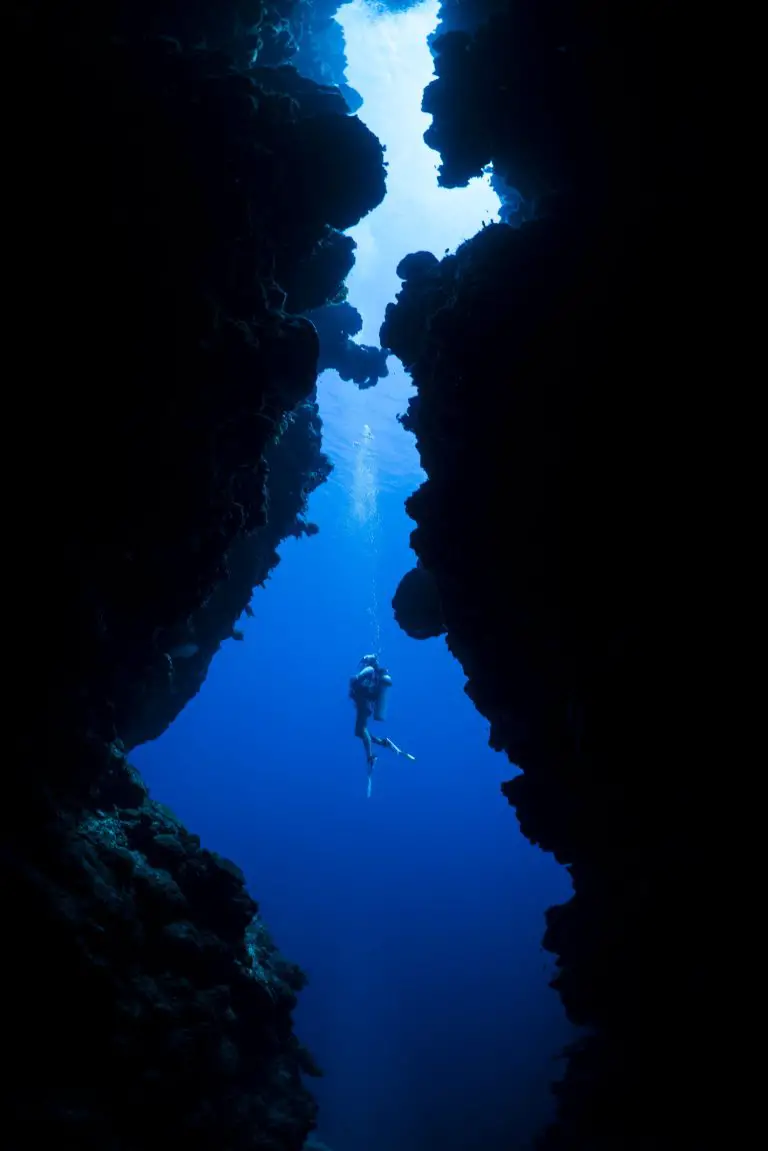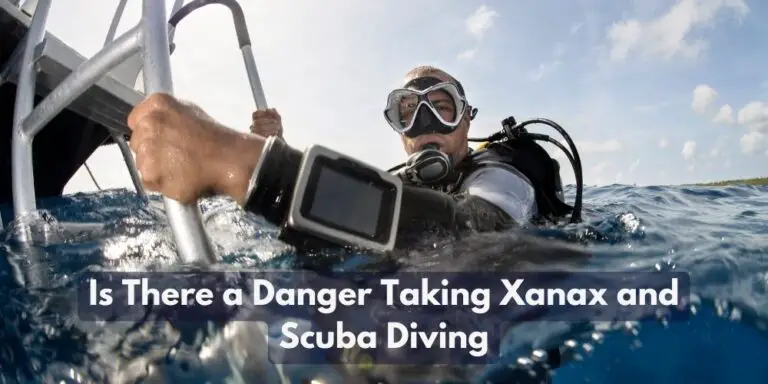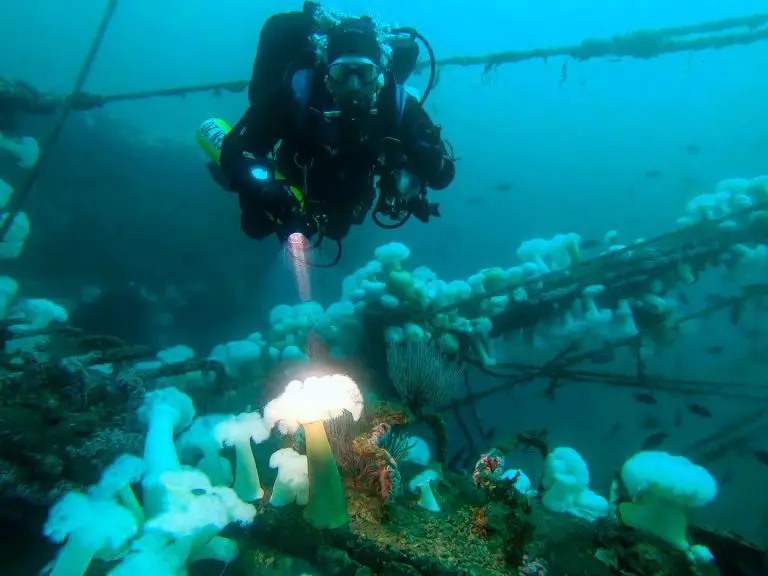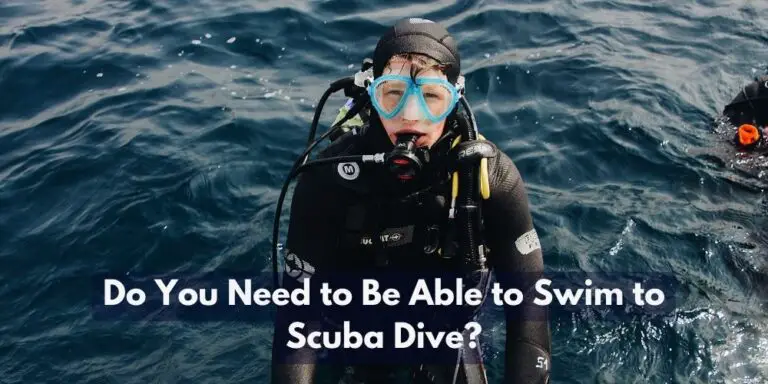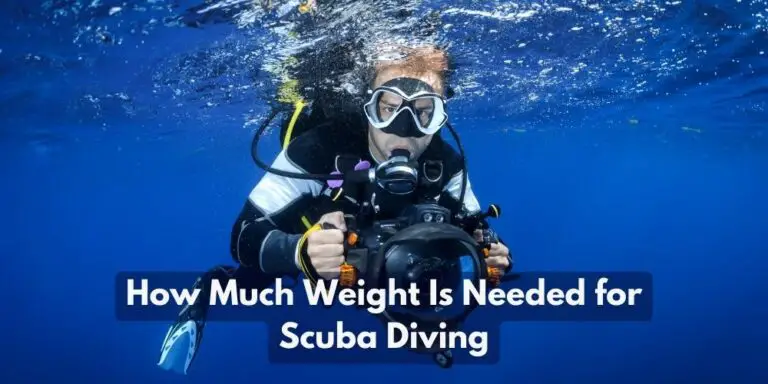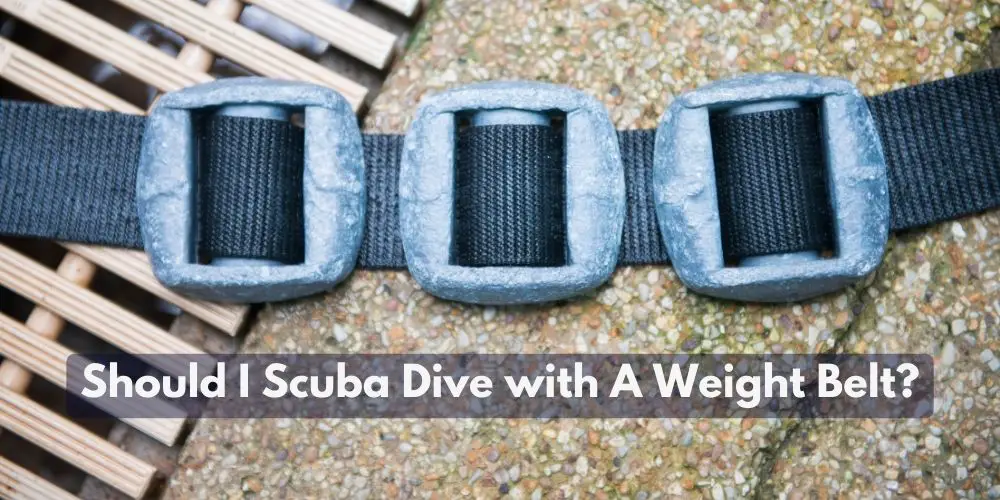
Scuba diving offers an unparalleled adventure in the captivating world beneath the waves. Safety and comfort are paramount as we explore the ocean’s depths. One crucial aspect of diving is buoyancy control, which ensures a smooth and enjoyable experience.
Among divers, a question remains: Is a weight belt beneficial or necessary for scuba diving? In this blog post, we’ll explore the intricacies of buoyancy control, the purpose of weight belts, and the considerations involved. We’ll examine the advantages, risks, and alternatives, providing valuable insights for your equipment choices.
Whether you’re an experienced diver looking to enhance buoyancy control or a curious novice ready to explore, let’s dive in and discover if a weight belt is the right choice for your underwater adventures.
Should I Scuba Dive with A Weight Belt?
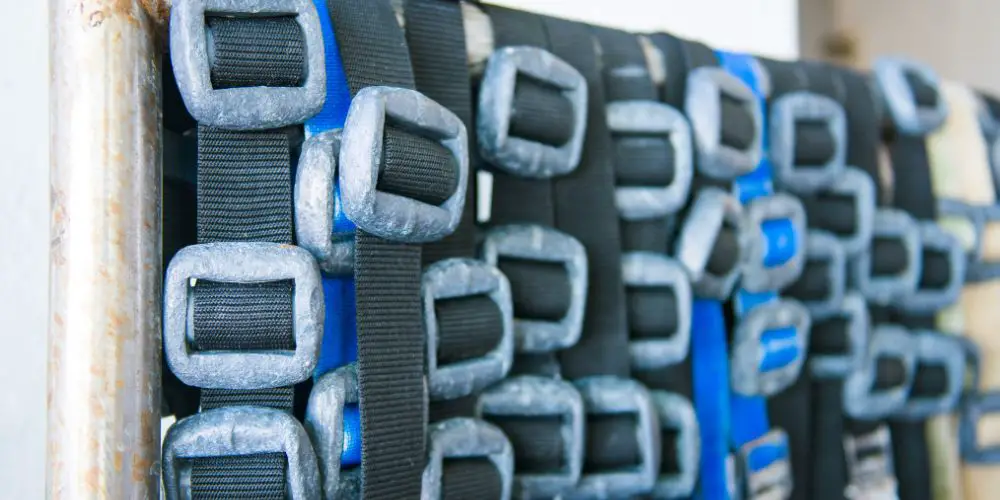
Achieving proper buoyancy control is vital for a safe and enjoyable scuba dive. Neutral buoyancy, where you neither float nor sink, is key. Weight belts are commonly used to assist in achieving neutral buoyancy by adding weights to counterbalance buoyant gear.
Using a weight belt can be beneficial, especially with thick exposure protection or in challenging conditions. It helps you descend and ascend easily, enhancing stability and control. However, proper training and experience are crucial before utilizing a weight belt.
Consider factors such as your buoyancy characteristics and diving conditions. Consult with professionals to assess your needs. Ultimately, the goal is to have a safe and enjoyable dive, so make an informed decision based on buoyancy control and specific circumstances.
Purpose of a Weight Belt: Achieving Stability and Control
A weight belt plays a vital role in scuba diving by helping divers achieve optimal buoyancy control. It counteracts the buoyancy of gear like wetsuits or drysuits, allowing divers to maintain stability and control underwater.
Considerations for Using a Weight Belt: Safety and Proper Training
Proper training and experience are essential when using a weight belt. Divers need to understand weight distribution, adjustments, and neutral buoyancy techniques. Potential risks include difficulty in ascending and equalizing, which can be mitigated through training and balanced weight distribution.
Alternatives to Weight Belts
Integrated weight systems and trim weights offer alternatives to weight belts. Integrated systems provide streamlined mobility, while trim weights allow precise trim and buoyancy adjustments. Personal preference and comfort play a crucial role in selecting the right buoyancy control device.
Overall, weight belts provide stability and control underwater. Proper training and experience are necessary. Alternatives like integrated systems and trim weights offer different advantages. Consider personal preference and comfort when choosing a buoyancy control device.
What does a Weight Belt do in Scuba Diving?
In scuba diving, weight belts are worn to counteract the buoyancy created by diving equipment and the diver. By increasing overall density, weight belts help achieve neutral buoyancy, providing stability and control underwater.
Proper training and understanding of weight distribution are essential. Alternative options like integrated weight systems and trim weights are available. Choose the method that suits personal preferences and ensures safe buoyancy control during dives.
How Heavy Should Your Weight Belt Be for Diving?
Finding the right weight for your diving belt is crucial for optimal buoyancy control. Here are some guidelines to help you determine the initial weight and make necessary adjustments:
- Determining the Initial Weight: As a rule of thumb, start with approximately 10% of your body weight. For example, if you weigh 150 pounds, begin with around 15 pounds of weight on your belt.
- Adjusting for Diving Conditions: Subtract 4-6 pounds if diving in tropical waters with a thin wetsuit, as the wetsuit provides less buoyancy. Add 4-6 pounds if diving in cold water with thick exposure protection to counterbalance the increased buoyancy caused by insulation.
- Tweaking the Weight: Fine-tune the weight during dives based on buoyancy control. Make small adjustments to achieve effortless neutral buoyancy, ensuring easy descent, steady depth, and comfortable ascent.
Remember to distribute the weight evenly around your waist for balanced buoyancy and comfort. Consult experienced divers or instructors for personalized advice based on your body composition, equipment, and diving style.
Do Free Divers Wear Weight Belts?
Yes!, both freedivers and spearos have been known to wear weight belts to assist with setting their buoyancy during dives. The nature of their diving activities, which involve repeated descents and ascents, requires a specific type of belt designed for freediving purposes.
Freedivers and spearos opt for belts made of rubber or silicone, known for their elasticity. These specialized belts offer the ability to keep them tightly secured around the waist, ensuring minimal movement during dives. By wearing these weight belts, free divers can adjust their buoyancy as needed, maintaining control and precision throughout their underwater excursions.
Final Thoughts
All in all, when considering the use of a weight belt in scuba diving, prioritize safety, training, and experience. Consult with professionals and assess individual needs and comfort levels. By making informed decisions and taking these factors into account, divers can enhance buoyancy control and ensure a safe and enjoyable dive.

